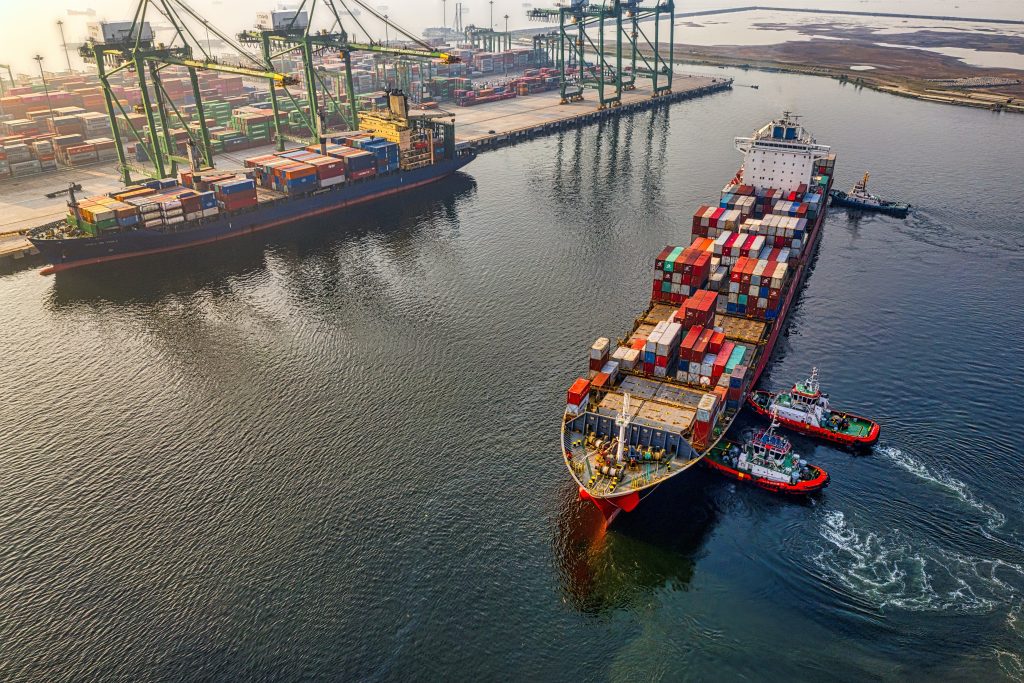The European Union’s newest legislative package, the “Fit for 55” bundle, has set a new course for the shipping industry. These robust laws, adopted under the EU Green Deal, aim to cut CO2 emissions significantly, and the shipping industry will play a pivotal role.
The Anchor: EU ETS
The EU Emissions Trading System (EU ETS) is one of the main pillars of this change, standing as the largest carbon market and the pioneering emissions trading system. It operates on a “cap-and-trade” principle, limiting greenhouse gas (GHG) emissions strictly while allowing companies to buy and sell emission allowances.
Each participating company receives a specific number of allowances. If a company’s emissions exceed its allowances, it must curb its carbon output or purchase additional allowances. Conversely, if a company has a surplus of allowances, it can sell them on the market, incentivizing businesses to reduce emissions.
The tide turns for the shipping industry
The EU ETS revisions, agreed upon in December 2022, include the shipping industry progressively, with a phasing-in period from 2024 to 2027. This decision signifies a sea change for shipping companies, compelling them to surrender allowances based on their verified emissions starting in 2025.
Moreover, this revised scope will be broadened in 2026 to include methane (CH4) and nitrous oxide (N2O) emissions, and by 2027, offshore vessels over 5000GT will be included. This expansion emphasizes the need for shipping companies to revisit their emissions strategies and adjust their sails accordingly.
Steering through the ETS waves
Navigating through the ETS waves isn’t just about compliance but also effectively managing resources. For instance, consider a ship that emits 3,000 tons of CO2 on a trip from a European to a non-European port in 2024. The company must pay for allowances only for half of these emissions (i.e., 1,500 tons) because the voyage partially occurred outside of European borders. At €50/ton, this cost translates to €15,000 for this single voyage.
FuelEU maritime regulation: A new course
The “Fit for 55” package also introduces the Fuel EU Maritime Regulation, set to come into effect in 2025. This regulation will force ship operators to comply with the maximum limits of the GHG intensity of the energy used onboard. It’s a significant move that pushes shipping companies to rethink their energy consumption and optimize their operations for better environmental compliance.
Taxation on bunkers: A matter of balance
The European Commission’s proposal for bunker taxation seeks to align the energy taxation directive (ETD) with the EU’s climate targets. This revision removes the tax exemption for conventional fuels from EU ports from 2023 onwards, nudging the shipping industry towards greener alternatives.
Alternative fuels infrastructure regulation: Charting a greener path
The revised Alternative Fuels Infrastructure Regulation sets new requirements for port facilities and introduces the TEN-T infrastructure plan. These changes aim to facilitate the adoption of green fuels and shore-side electricity, further advancing the industry’s green transition.
In the face of these sweeping changes, the maritime community focuses on the imminent finalization of these regulations. In harmony with the IMO regulation on GHG strategy, the ultimate goal is to encourage the shipping industry’s decarbonization transition by 2050. The “Fit for 55” package isn’t just about compliance; it’s a call to action for the shipping industry to chart a sustainable course for the future.

